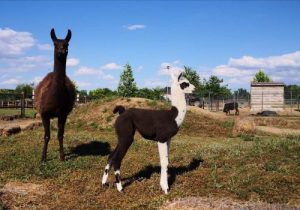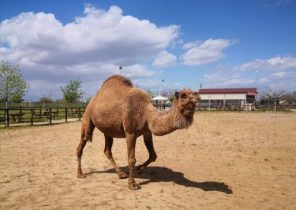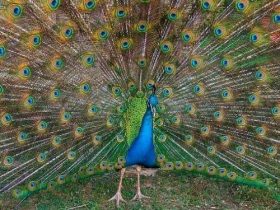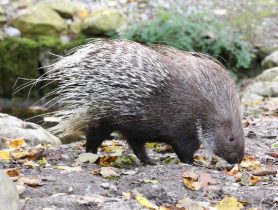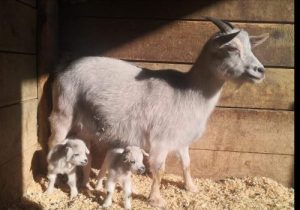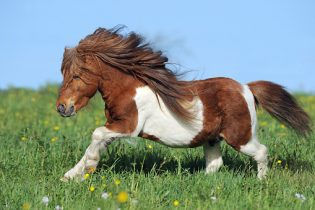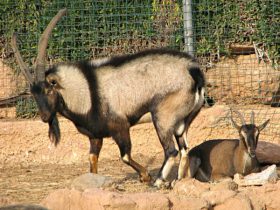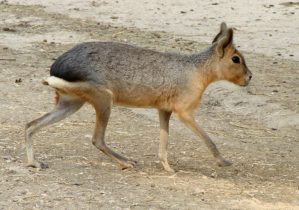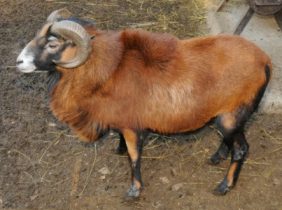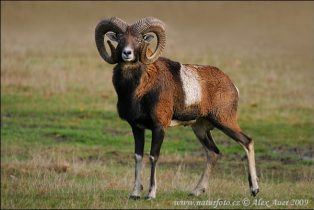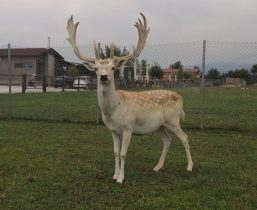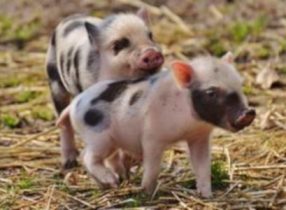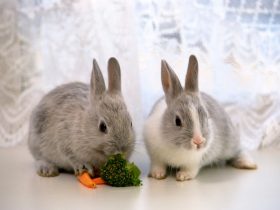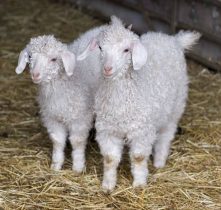It is a subspecies of domestic cattle originating from South Asia. Zebu cattle are derived from the wild bill Aurochs which had disappeared since the time of the Indus Valley Civilization due to interbreeding with domestic zebu and the loss of habitat. Archaeological evidence suggest that the species was imported in Egypt around 2000 BC from the Middle East. Later it appeared in sub-Saharan Africa between 750 BC and 1500 BC and in the Horn of Africa around 1000 BC. Zebus’ main characteristics are a hump of fat, large dewlaps and droopy ears. They are well adapted to the environment of the tropics and resistant to high temperatures, drought and sickness. Zebu are bred extensively in tropic countries. They reach sexual maturity at the age of 44 months old and gestation last 285 days on average. They are used for agricultural work, coach pulling, for their meat, milk, skin and manure. From their bones and horns they make knifes while their meat is regarded as hard and low quality. In India Zebu symbolizes Nandi, the holy bull of Lord Shiva.
Καθημερινές 14:00-22:00
Σαββατοκύριακα και αργίες 09:00-22:00
+30 6932 706080Σαββατοκύριακα και αργίες 09:00-22:00


